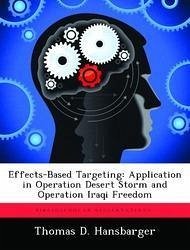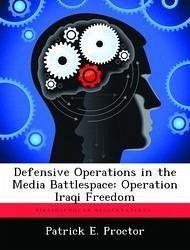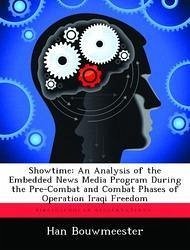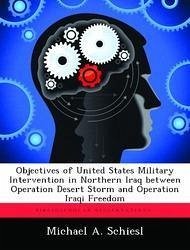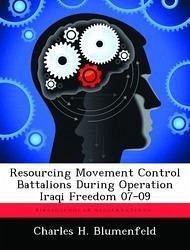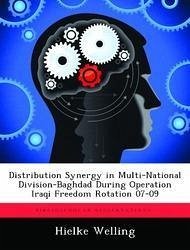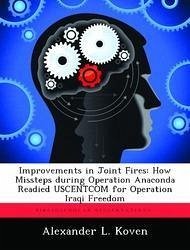Nicht lieferbar
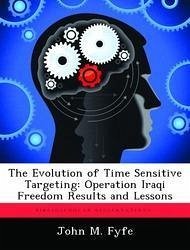
The Evolution of Time Sensitive Targeting: Operation Iraqi Freedom Results and Lessons
Versandkostenfrei!
Nicht lieferbar
The nature of US military operations since DESERT STORM has gradually shifted from a conventional force-on-force scenario to one in which US forces likely will counter an adversary strategy of concealment, dispersal, and deception. Airmen at the operational and tactical levels of combat have adapted the US targeting cycle to accommodate targets discovered during Air Tasking Order (ATO) execution that cannot wait to be processed under the traditional 24-72 hour ATO targeting cycle. The highest priority target category of these emerging targets are defined as Time-Sensitive Targets (TST). This s...
The nature of US military operations since DESERT STORM has gradually shifted from a conventional force-on-force scenario to one in which US forces likely will counter an adversary strategy of concealment, dispersal, and deception. Airmen at the operational and tactical levels of combat have adapted the US targeting cycle to accommodate targets discovered during Air Tasking Order (ATO) execution that cannot wait to be processed under the traditional 24-72 hour ATO targeting cycle. The highest priority target category of these emerging targets are defined as Time-Sensitive Targets (TST). This study will trace the requirement for and evolution of the TST process beginning with the Scud hunt in the first Gulf War. It will summarize the TST progress through Operations ALLIED FORCE and ENDURING FREEDOM, and then analyze the targeting process and results of Operation IRAQI FREEDOM (OIF). This work has been selected by scholars as being culturally important, and is part of the knowledge base of civilization as we know it. This work was reproduced from the original artifact, and remains as true to the original work as possible. Therefore, you will see the original copyright references, library stamps (as most of these works have been housed in our most important libraries around the world), and other notations in the work. This work is in the public domain in the United States of America, and possibly other nations. Within the United States, you may freely copy and distribute this work, as no entity (individual or corporate) has a copyright on the body of the work. As a reproduction of a historical artifact, this work may contain missing or blurred pages, poor pictures, errant marks, etc. Scholars believe, and we concur, that this work is important enough to be preserved, reproduced, and made generally available to the public. We appreciate your support of the preservation process, and thank you for being an important part of keeping this knowledge alive and relevant.






